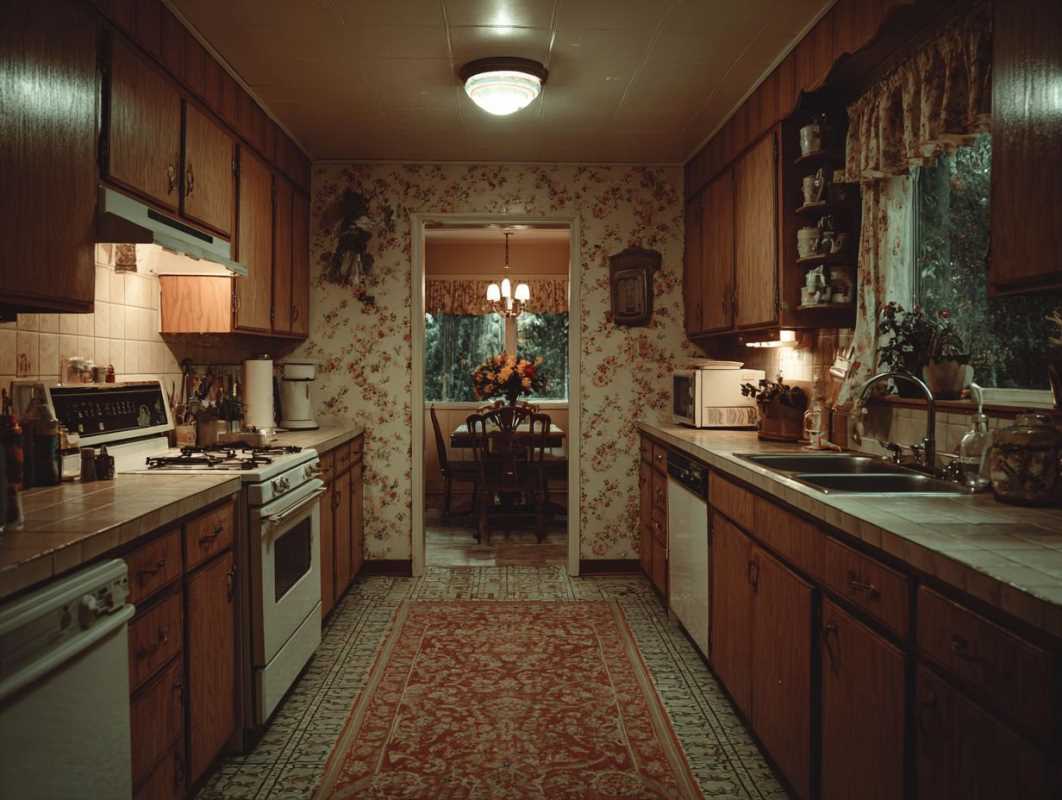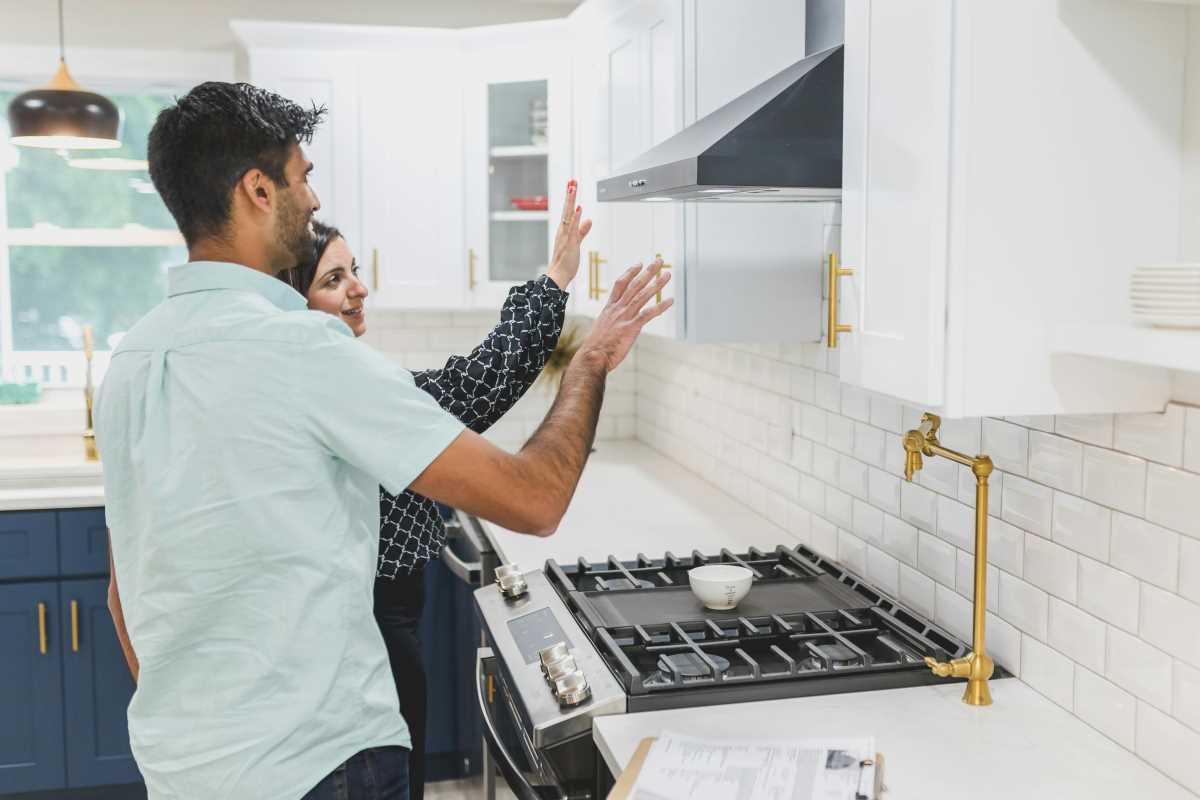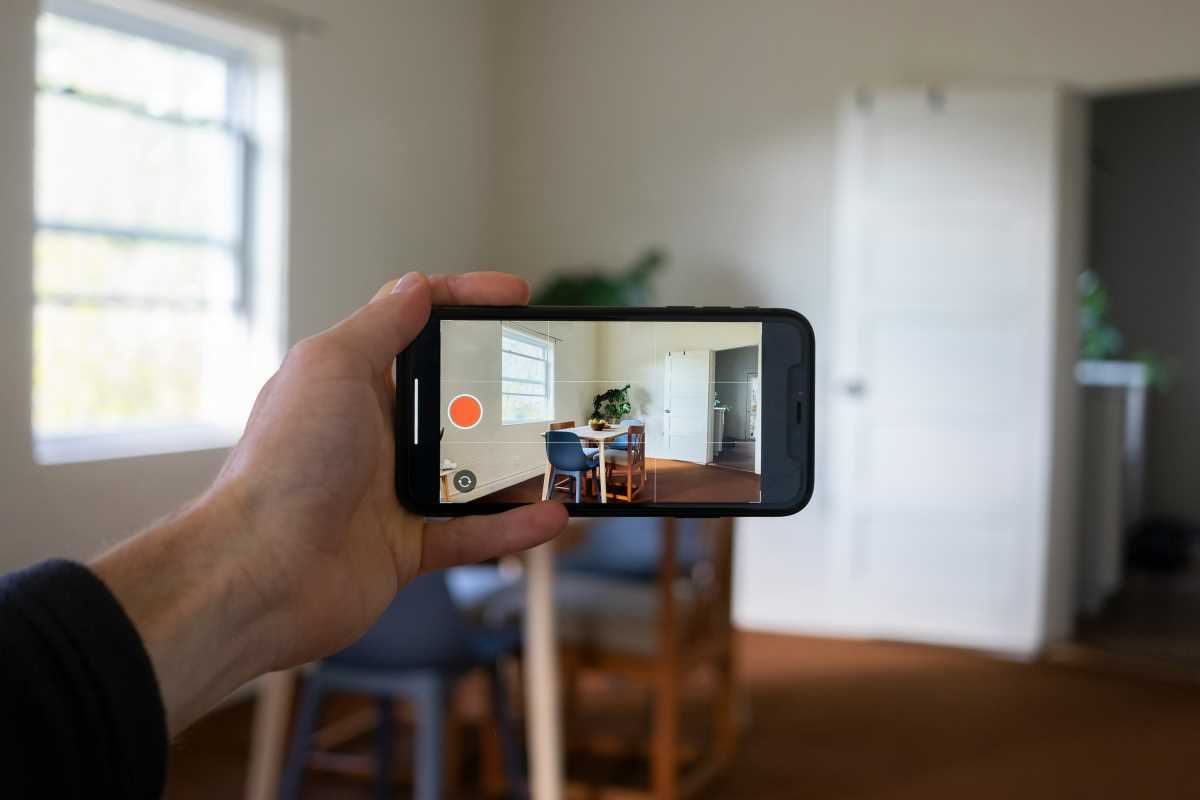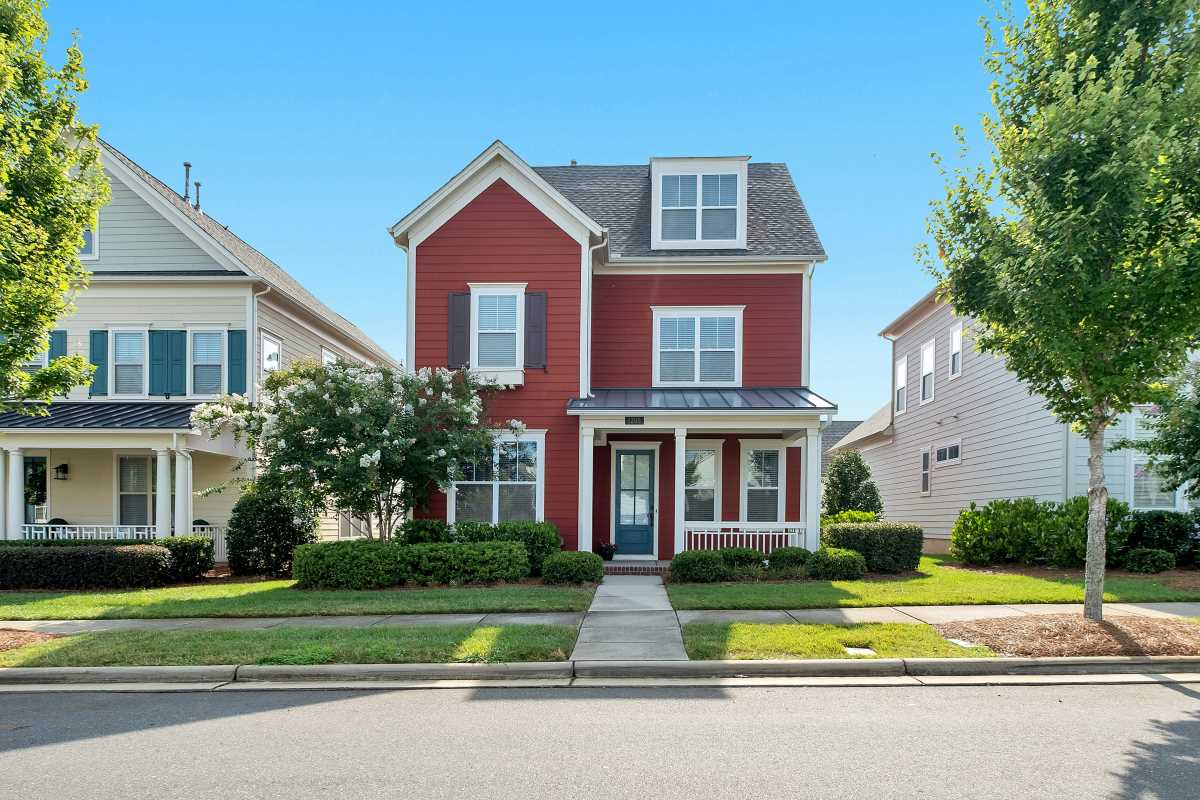I remember my first time walking into an open house. It felt like being a kid in a candy store. I was so focused on the pretty kitchen and the big backyard that I almost missed the things that really mattered. It’s easy to get swept up in the excitement of it all, but an open house isn't just a tour—it's your chance to do some real detective work.
Over the years, I've learned that looking past the fresh paint and nice staging is the key to avoiding buyer's regret. You're not just looking for a house you like; you're looking for a home that is sound, safe, and a good fit for your life. Think of this as your personal checklist for your next open house visit. You can follow it step-by-step, or just pick out the parts that make sense for you. The goal is to walk out with a clear head and the information you need to make a smart choice.
Look Beyond the Staging
Staging is designed to make you fall in love. Professional stagers are experts at highlighting a home's best features and hiding its flaws. Your job is to look past the beautiful furniture and artfully placed pillows to see the house for what it really is.
Check the Bones of the House
- Look for Cracks: Scan the walls and ceilings for cracks, especially long ones that run diagonally from the corners of doors and windows. These could suggest issues with the foundation settling.
- Inspect the Windows: Open and close a few windows. Do they stick? Is there condensation between the panes? This could mean the seals are broken and they’re not very energy-efficient.
- Feel the Floors: As you walk around, pay attention to how the floors feel. Are they sloped or uneven? Do they feel soft or springy in certain spots? This could point to structural or moisture problems underneath.
Sniff Out Potential Problems
Your nose can be one of your best tools at an open house. Certain smells can be a dead giveaway for issues that are expensive to fix.
What to Sniff For
- Musty or Damp Smells: This is a big red flag for moisture. Check for this scent in basements, bathrooms, and under sinks. A musty smell could mean there's a hidden leak, poor ventilation, or even mold.
- Too Much Air Freshener: If every room has a strong-smelling candle or air freshener, it makes you wonder what they're trying to cover up. It could be pet odors, smoke, or that musty smell we just talked about. Don't be shy about investigating further.
Pay Attention to the Details
The little things can tell you a lot about how well a home has been maintained. Look for signs of wear and tear that might suggest the owners have let things slide.
The Little Things That Matter
- Water Pressure: Turn on a faucet in the kitchen and a bathroom. Is the water pressure strong and steady? Low pressure could be a simple fix or a sign of bigger plumbing issues.
- Look Inside Cabinets: Open up the cabinets under the sinks. Look for water stains, warping, or any signs of past leaks. It’s a common problem area that’s easy to overlook.
- Check the Age of Major Systems: Try to find the labels on the water heater and the HVAC unit (the furnace or air conditioner). A quick search on your phone can tell you how old they are. If they are nearing the end of their lifespan, you'll want to budget for a replacement.
Don't Forget the Outside
Your inspection shouldn't stop at the front door. The condition of the exterior and the yard can tell you a lot about potential future expenses.
What to Look for Outdoors
- The Roof: You don’t need to get on a ladder, but you can look from the ground. Are there missing or curled shingles? Are there dark stains? A roof is one of the most expensive things to replace on a house, so it’s good to have an idea of its condition.
- Drainage: Look at the slope of the yard. Does it seem to slope away from the house, or toward it? Poor drainage can lead to water in the basement or damage to the foundation. Check if the gutters are clean and in good shape.
- The Foundation: Walk around the outside of the house and look at the visible part of the foundation. Do you see any significant cracks?
Get a Feel for the Neighborhood
You're not just buying a house; you're buying into a community. An open house is a great opportunity to get a sense of the neighborhood.
How to Investigate the Area
- Listen: What do you hear? Is there a lot of traffic noise? A barking dog next door? A nearby train? Try to imagine what it would be like to live with those sounds every day.
- Talk to People: If you see any neighbors out and about, don't be afraid to strike up a friendly conversation. Ask them what they like about living there. People are often surprisingly honest.
- Drive Around: After you leave the open house, take a drive around the surrounding streets. Are the other homes well-maintained? Where are the closest parks, grocery stores, and schools?
Ask the Agent Smart Questions
The listing agent is there to sell the house, but they are also a valuable source of information. Asking the right questions can give you some important insights.
Questions to Ask
- "Why are the owners selling?" Their motivation can tell you a lot.
- "How long has the house been on the market?" A long time on the market might give you more negotiating power.
- "Have there been any recent major repairs or upgrades?"
- "Are there any known issues with the house?"
 (Image via
(Image via





